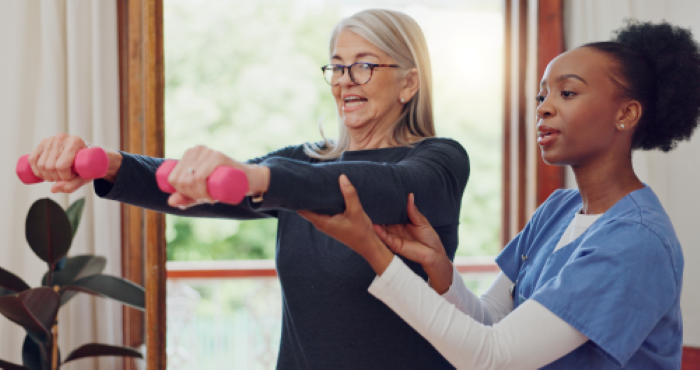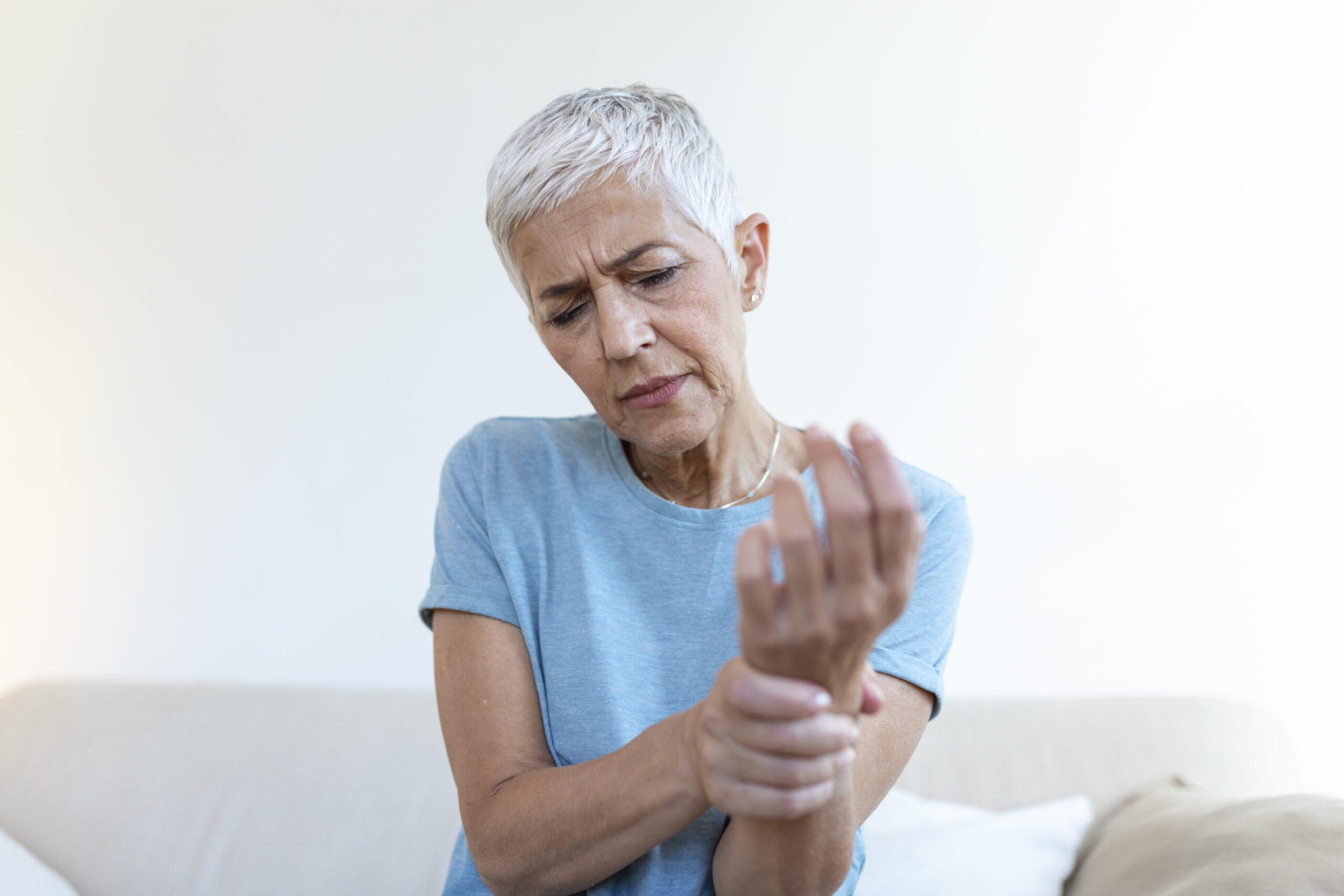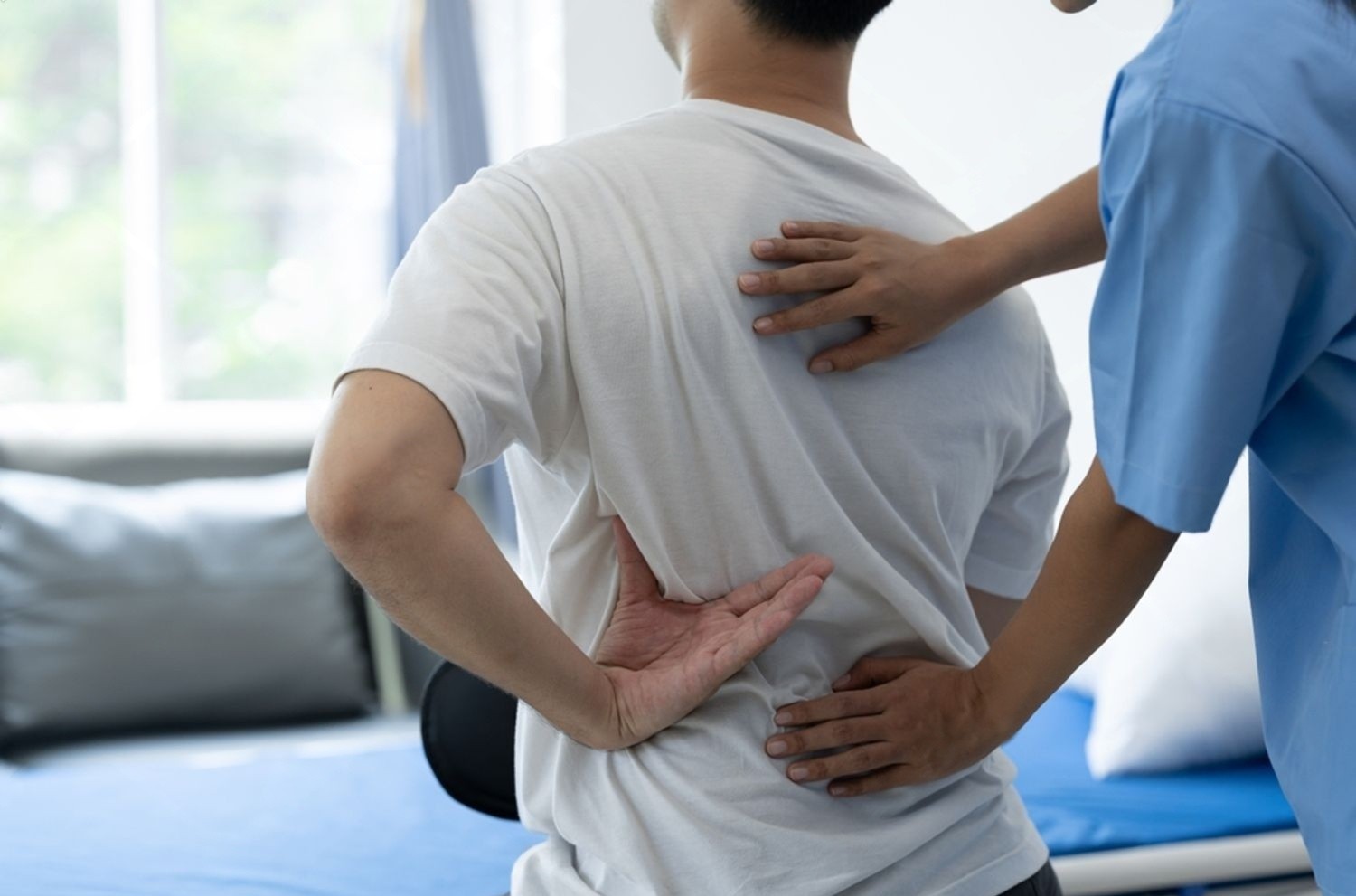Seven Physical Therapy Exercises To Do At Home

Physical therapy or exercises form an integral part of treatments in Brampton physiotherapy clinics. Physiotherapists often prescribe exercises for a wide range of musculoskeletal disorders. Examples include sports injuries, arthritis, carpal tunnel syndrome, etc. It is needless to mention how daily exercises benefit your body and mind. But, which ones you should do? Here are the 7 easy physical exercises you can do at home for optimal health and well-being.
Exercises, whether easy or difficult, feel different when you do them at home compared to when you perform them at physiotherapy clinics. In clinics, you do them under the supervision and guidance of an experienced physiotherapist. However, at home, you are on your own. Thus, it is important that you consult with your physiotherapist before doing the exercises at home.
Which Physical Therapy Exercises Can You Do At Home?
Exercises involve a great deal of hard work which pays off later in life. The quality of life gets better. Your mobility improves and health complications are reduced significantly. A physiotherapist can prescribe the exact number of exercises you should do and how frequently to repeat them.
Here are the common physical therapy exercises to do at home every day.
Bridge

Purpose: Strengthens the glutes, hamstrings, and lower back.
How to Do It:
- Lie on your back with your knees bent and feet flat on the floor, hip-width apart.
- Place your arms at your sides with palms facing down.
- Tighten your abdominal muscles and slowly lift your hips off the ground until your body forms a straight line from your knees to your shoulders.
- Hold for a few seconds, then slowly lower your hips back to the starting position.
- Repeat 10-15 times.
Bird Dog

Purpose: Improves balance and stability while strengthening the core, lower back, and glutes.
How to Do It:
- Start on your hands and knees with your wrists directly under your shoulders and your knees under your hips.
- Extend your right arm forward and your left leg backward, keeping both parallel to the floor.
- Hold for a few seconds, then return to the starting position.
- Repeat with your left arm and right leg.
- Perform 10-15 repetitions on each side.
Clamshell Exercise

Purpose: Strengthens the gluteus medius and hip abductors, improving hip stability.
How to Do It:
- Lie on your side with your legs stacked and your knees bent at a 90-degree angle.
- Keep your feet together and lift your top knee as high as you can without moving your pelvis.
- Hold for a few seconds, then lower your knee back to the starting position.
- Repeat 10-15 times on each side.
Wall Sits

Purpose: Strengthens the quadriceps, hamstrings, and glutes.
How to Do It:
- Stand with your back against a wall and your feet shoulder-width apart, about two feet away from the wall.
- Slide your back down the wall until your thighs are parallel to the ground as if you are sitting in a chair.
- Hold the position for 20-30 seconds, or as long as you can.
- Return to the starting position and repeat 5-10 times.
Heel Slides
Purpose: Improves knee mobility and strengthens the hamstrings.
How to Do It:
- Lie on your back with your legs straight and your arms at your sides.
- Slowly slide one heel towards your buttocks, bending your knee.
- Hold for a few seconds, then slide your heel back to the starting position.
- Repeat 10-15 times on each leg.
Standing Calf Raises
Purpose: Strengthens the calf muscles and improves balance.
How to Do It:
- Stand with your feet hip-width apart, near a wall or chair for support if needed.
- Slowly rise onto the balls of your feet, lifting your heels off the ground.
- Hold for a few seconds, then slowly lower your heels back to the ground.
- Repeat 10-15 times.
Seated Marching
Purpose: Strengthens the hip flexors and improves lower body mobility.
How to Do It:
- Sit on a sturdy chair with your feet flat on the ground and your back straight.
- Lift one knee towards your chest as high as you can, while keeping your back straight.
- Lower your foot back to the ground and repeat with the other leg.
- Perform 10-15 repetitions on each leg.
These seven exercises are simple yet effective for maintaining strength, flexibility, and mobility at home. Always perform these exercises with proper form to avoid injury, and consult with a physical therapist or healthcare professional if you have any concerns or specific conditions that require personalized guidance. Regularly incorporating these exercises into your routine can contribute to better physical health and recovery.
Talk to a Physiotherapist First
Exercising under guidance always helps. You can perform all of them in the right posture without hurting yourself. At Physiotherapy First., our physiotherapists guide each patient through the exercises they can do at home. The team tracks your progress to ensure that physical therapy benefits your health as you desire.
Blog Categories
- Acupuncture Treatment (10)
- Ankle Sprain (1)
- Arthritis Treatment (1)
- Back Pain (23)
- Chiropractic Care (38)
- Tennis Elbow (1)
- Chronic Pain (5)
- COVID-19 (1)
- Custom Orthotics (6)
- Dizziness (4)
- Exercises (12)
- Foot Orthotics (6)
- Hamstring Stretches (2)
- Info Articles (3)
- Kids Injury (1)
- Laser Therapy (4)
- Massage Therapy (21)
- Neck Pain (16)
- Orthopedic (1)
- Osteoarthritis (5)
- Osteopathy (3)
- Pain Management (17)
- Physiotherapy Benefits (44)
- Physiotherapy Clinic (6)
- Physiotherapy Exercises (12)
- Physiotherapy Tips (25)
- Physiotherapy Treatment (100)
- Rotator Cuff (2)
- Shin Splints (1)
- Shoulder (2)
- Spine (4)
- Sports Physiotherapy (1)
- Uncategorized (1)
- Vestibular Physiotherapy (2)
- Work From Home (2)


